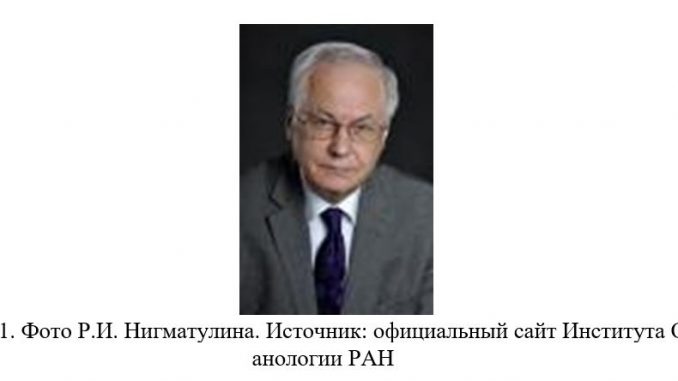
Nigmatulin R.I.
Shirshov’s Institute of Oceanology, Russian Academy of Sciences, Moscow, Russia
Abstract. The article presents an interview of the deputy editor-in-chief ofJournal of Environmental, Earth and Energy Study KS. Degtyarev with Robert I. Nigmatulin, an academician of Russian Academy of Sciences. The question of new energy carriers is a key one for human civilization, and one of the prin-cipal goals in this way is to reach control on thermonuclear fusion. Differently from classic nuclear energy, thermonuclear fusion uses not decay, but merging of nucleuses. Thermonuclear fusion produces a huge amount of energy: if 1 kg of uranium can give almost as much energy as 100 tons of carbon, then in ther-monuclear fusion the same amount energy is produces by only 10 grams of hy-drogen isotopes such as deuterium and tritium that are used as energy sources. Theoretically it will give the people the most powerful and unlimited source of energy, taking into account the amounts of hydrogen in nature, and, besides that it would be environmentally clear. Natural thermonuclear fusion – transforming hydrogen into helium takes place on the Sun that supplies us with solar energy. Also the man used this principle for the H-bomb where uncontrolled thermonu-clear fusion occurs. But whether it’s possible to take this process under control to produce stable and peaceful energy? Academician R.I. Nigmatulin talks about it and on the prospects of the global power industry in general. Simulta-neously he touches a wide range of energy, environmental and even social ques-tions.
Key words: thermonuclear fusion, nuclear power industry, environment
